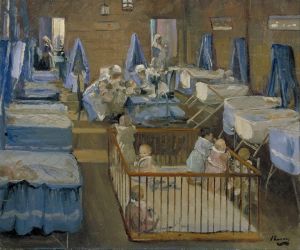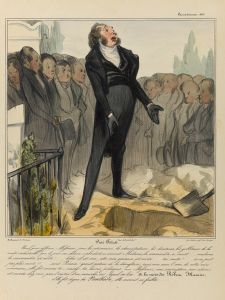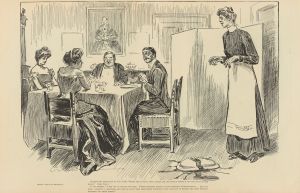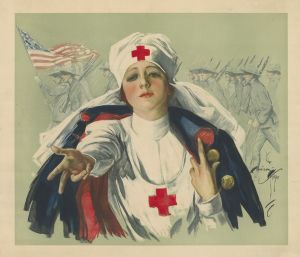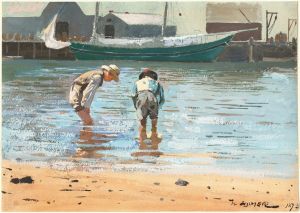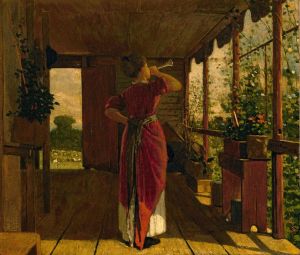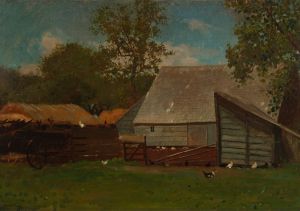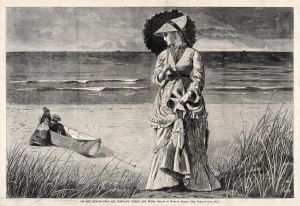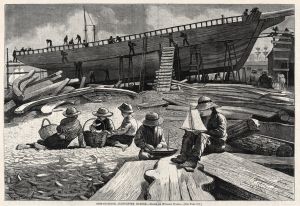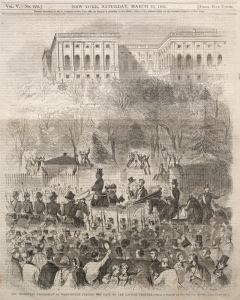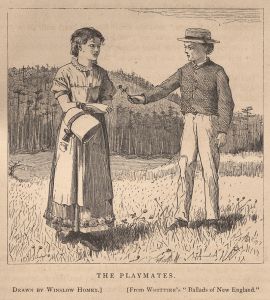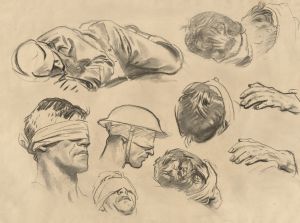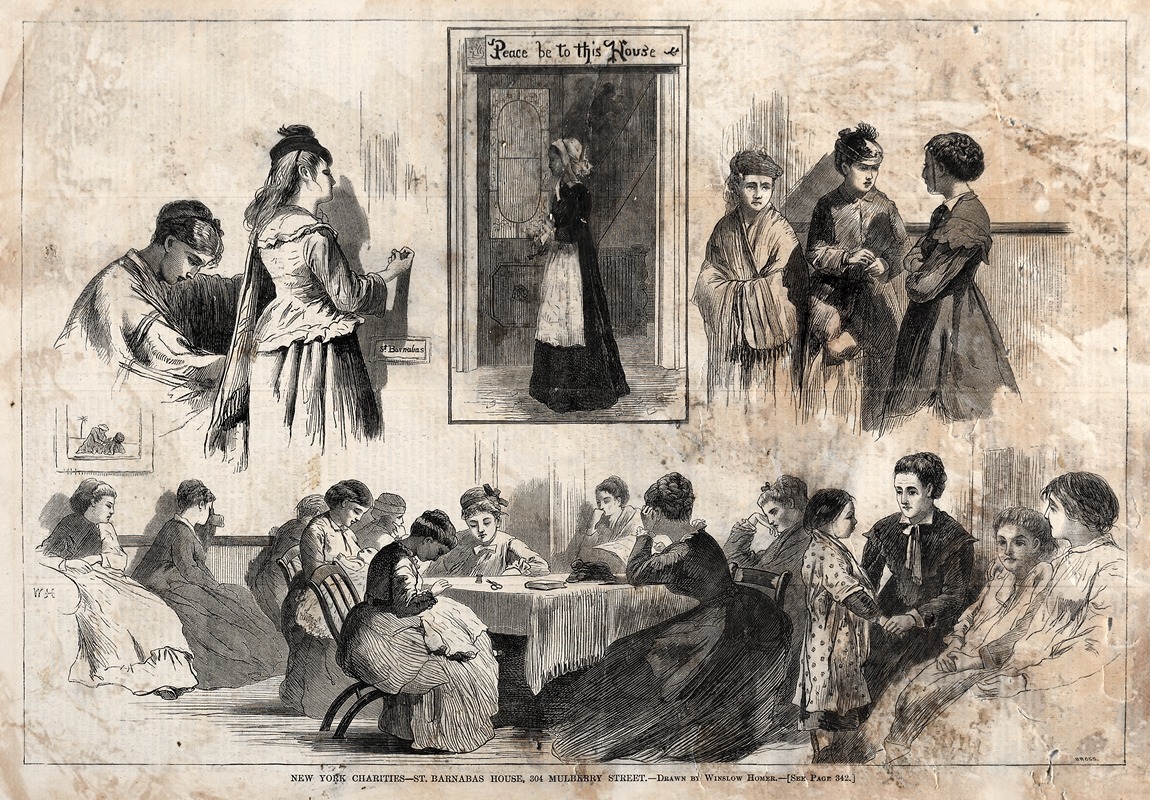
New York Charities – St. Barnabas House, 304 Mulberry Street
A hand-painted replica of Winslow Homer’s masterpiece New York Charities – St. Barnabas House, 304 Mulberry Street, meticulously crafted by professional artists to capture the true essence of the original. Each piece is created with museum-quality canvas and rare mineral pigments, carefully painted by experienced artists with delicate brushstrokes and rich, layered colors to perfectly recreate the texture of the original artwork. Unlike machine-printed reproductions, this hand-painted version brings the painting to life, infused with the artist’s emotions and skill in every stroke. Whether for personal collection or home decoration, it instantly elevates the artistic atmosphere of any space.
"New York Charities – St. Barnabas House, 304 Mulberry Street" is a painting by the renowned American artist Winslow Homer. Created in 1874, this work is part of Homer's exploration of urban life and social issues during the post-Civil War period in the United States. Winslow Homer (1836-1910) is celebrated for his realistic and often poignant depictions of American life, ranging from rural landscapes to scenes of the sea, and in this case, urban charity work.
The painting depicts St. Barnabas House, a charitable institution located at 304 Mulberry Street in New York City. St. Barnabas House was established to provide shelter and support for destitute women and children, reflecting the growing concern for social welfare during the 19th century. The institution was part of a broader movement to address the needs of the urban poor, which included the establishment of various charitable organizations and social services.
In "New York Charities – St. Barnabas House, 304 Mulberry Street," Homer captures a moment of everyday life at the charity. The composition likely includes figures of women and children, emphasizing the humanitarian efforts of the institution. Homer's attention to detail and his ability to convey the human condition are evident in the way he portrays the subjects, providing a window into the lives of those who benefited from the charity's services.
Homer's work during this period often focused on themes of social realism, and this painting is no exception. It highlights the disparities between the wealthy and the poor in New York City, as well as the efforts made by charitable organizations to bridge that gap. The painting serves as both a historical document and a piece of social commentary, reflecting the artist's engagement with contemporary issues.
Winslow Homer began his career as an illustrator before transitioning to painting, and his background in illustration is evident in the narrative quality of his works. His ability to tell a story through his art is particularly notable in "New York Charities – St. Barnabas House, 304 Mulberry Street," where the viewer is invited to consider the lives and struggles of the individuals depicted.
The painting is part of a larger body of work by Homer that explores various aspects of American society. His interest in social issues and his commitment to realism make his paintings valuable resources for understanding the historical context of the time. "New York Charities – St. Barnabas House, 304 Mulberry Street" is a testament to Homer's skill as an artist and his sensitivity to the social issues of his day.
Overall, this painting by Winslow Homer provides a glimpse into the charitable efforts in New York City during the late 19th century and underscores the importance of social welfare initiatives. It remains an important work for its historical significance and its artistic merit.





